Piagolgyegok Valley (피아골계곡)
0m 16089 2024-02-02
Piagol-ro, Gurye-gun, Jeollanam-do
+82-61-780-7700
Piagolgyegok Valley is located in Jirisan Mountain between Nogodan and Banyabong Peaks. The name of the valley comes from the crimson red maple leaves that fill the valley in fall. It is also one of the ten most beautiful highlights of Jirisan Mountain. The valley is famous for its fall colors, but it is also a beautiful place to visit all year around, from azaleas in spring to snow-covered rocks in winter.
Near the entrance to Piagolgyegok Valley is the largest temple in Jirisan Mountain, Yeongoksa Temple, and national treasures. The valley is not steep, providing an easy walk for all visitors. The trail stretches 6 kilometers from the ticket booth, and passes many beautiful places like Yeonjudam and Samhongso Pond. At the end of the valley, the trail continues another 2 kilometers up a steep hillside to reach Imgeollyeong Pass.
Gurye Yeongoksa Temple (연곡사 (구례))
2.3 Km 26862 2021-02-09
774, Piagol-ro, Gurye-gun, Jeollanam-do
+82-61-782-7412
Yeongoksa Temple is located in Naedong-ri, Gurye-gun and was constructed in 543 by Yeongi, a high Buddhist monk, who also helped create Hwaeomsa Temple. The temple was destroyed during the Imjin War (1592-1598) and the Korean War. In spite of the damage, the temple has continued to house two national treasures and four treasures. Starting from March 1, 1981 with the original Beopdang Hall, the temple began to be rebuilt due to the efforts of the leading monk at the time, Chang Sungbu.
Acording to legend, Yeongi discovered a pond in the current sanctuary area when reading about the land's topography. While he was looking at the middle of the pond, one swallow flew from a whirlpool. After that, the pond began to dry up and the place was then used for the temple. As such, the name Yeongok refers to the phenomenon of "Yeon," a swallow, and "Gok," a valley. There is a memorial plaque for Go Gwang-sun, a patriotic leader who fought against Japanese power during the Japanese colonization period while taking shelter at Yeongoksa Temple
Shiri Pension [Korea Quality] / 쉬리펜션 [한국관광 품질인증]
4.8 Km 0 2022-03-31
4310-46, Seomjingang-daero, Toji-myeon, Gurye-gun, Jeollanam-do
+82-10-4583-8255
Shiri Pension is a wooden pension surrounded by beautiful nature of Gurye-gun, Jeollanam-do. In front is the Seomjingang River along with the flowing waters of Piagol Valley, and behind stretches the ridges of Jirisan Mountain. The landscape itself can be the reason for you to stay here. It also provides a free pick-up service at Hwagae Intercity Bus Terminal, which means it is highly accessible. All six rooms finished with wood have spacious, split-level structure. Haebichi and Prugio are detached pensions that provide cozy stay while Miribyeol and Narsha has a terrace where a tent is installed for camping mood. Each pension has a living room with a kitchen that is equipped with a rice cooker, gas range, and microwave oven, enough tools for cooking. Basically two and up to four air-conditioners are installed to cool the sweat in hot summer. There are lots of things to enjoy, including the barbecue in the terrace in front of the room, outdoor swimming pool operated in summer, and rafting on the Seomjingang River.
Hwaeomsa Temple (화엄사)
6.6 Km 40035 2021-02-05
539, Hwaeomsa-ro, Gurye-gun, Jeollanam-do
+82-61-783-7600
Situated at the foot of Jirisan Mountain, 5.4 kilometers east of Gurye-eup, Hwaeomsa Temple was constructed in the 22nd year of King Seong's reign (544) during the Baekje era, but was burnt down during the Imjin War (1592-1598). The temple was rebuilt in 1636 after seven years of reconstruction. The temple has various cultural assets including National Treasures, Treasures, a Natural Monument, and local cultural assets as well as 20 different buildings.
Gurye Special Tourist Zone (구례 관광특구)
6.7 Km 24065 2020-03-18
539, Hwaeomsa-ro, Gurye-gun, Jeollanam-do
+82-61-780-2450
The vast region of the Gurye Special Tourist Zone comprises Toji-myeon, Gwangui-myeon and Sandong-myeon, which has a river and an open field surrounding the mountainous area. Every part of Gurye deserves the title of Special Tourist Zone for offering many things to see. Well-known for its rich soil, the most outstanding natural resources of Gurye is Jirisan National Park, the first to be designated as a national park, and Seomjingang River.
Every year, many hikers visit Jirisan National Park, also called the “bosom of a mother.” The park is cherished for its unpolluted scenery, such as its deep and wide geographical features and crystal clear valleys. The park offers diverse hiking trails and has mountain retreats for backpackers.
Jirisan Dulegil Trail that runs along the periphery of Jirisan Mountain is where one could enjoy the experience of mountain glens, different from mountaineering. On their way hikers and trekkers can see groups of Sansuyu (cornus fruit) in spring as well as the autumnal tints of the mountain and valley in autumn.
Another strength is that the park has different types of accommodations including Hanok (Korean traditional house) homestay and a guest house, apart from leisure facilities including hot springs in Jirisan. The park is a great place for historical inquiries as it is filled with historic temples, including Hwaeomsa Temple and Yeongoksa Temple, and historic relics. Flowing from Gokseong to Hadong, Seomjingang River creates a tranquil ambience. The cleanest ever in Korea, a large number of marsh snails and sweetfish live in this river. Visitors can also enjoy the scenic view from the riverside road and various festivals which are held all year round, such as the Sansuyu Festival, the Seomjingang Riverside Cherry Flower Festival and the Piagol Autumn Foliage Festival.
* Current State of Gurye Special Tourist Zone
1) Districts Covered / Areas around Toji, Masan, Gwangui and Sandong-myeon, Gurye-gun, Jeollanam-do
2) Area / 78,024,000㎡
* Tourist Attractions
Jirisan Mountain, Seomjingang River, Jirisan Spa Land, Piagol Valley, Sansuyu Theme Park, Hwaeomsa, Cheoneunsa and Yeongoksa Temple, Hanok Village, etc.
Hadong Wild Tea Cultural Festival (하동 야생차문화축제)
6.7 Km 25614 2023-05-17
571-25, Ssanggye-ro, Hadong-gun, Gyeongsangnam-do
• 1330 Travel Hotline: +82-2-1330 (Korean, English, Japanese, Chinese) • For more info: +82-55-880-2052~4
Hadong Wild Tea Cultural Festival is held every May in Hadong, where tea cultivation started approximately one thousand years ago. Grown in an area with the perfect conditions for tea cultivation, the green tea from Hadong was called “the King’s green tea.” Hadong Wild Tea Cultural Festival offers visitors various exhibitions and programs with high-quality teas.
Hadong Tea Museum (하동야생차박물관)
6.7 Km 21663 2022-08-05
571-25, Ssanggye-ro, Hadong-gun, Gyeongsangnam-do
+82-55-880-2956
The Hadong Tea Museum is located at the foot of Jirisan Mountain in Hadong, Gyeongsangnam-do. It aims to promote the tea culture of the area, the first tea producer in the nation, while advertising the quality and superiority of Hadong green tea. The center is located adjacent to the tea farming area and Ssanggyesa Temple, one of the most famous tourist attractions in Korea.
The museum features an exhibition hall explaining the history and culture associated with Korean tea, and an experience hall where visitors can enjoy hands-on programs like making tea and learning traditional tea etiquette, as well as a shop selling high-quality tea produced in the region. Every year, the museum also hosts the Hadong Wild Tea & Culture Festival every year.
Simni (10-ri) Cherry Blossom Road (십리벚꽃길)
7.0 Km 2228 2020-08-19
142, Hwagae-ro, Hadong-gun, Gyeongsangnam-do
+82-1588-3186
Simni (10-ri) Cherry Blossom Road in Hwagae is famous for its beautiful views in spring. It is believed that if a young couple walks down this road holding hands, they will be together for one hundred years. For this reason, the road is sometimes referred to as the “wedding road.”
Hotel Jirisan Haetsal [Korea Quality] / 지리산햇살 [한국관광 품질인증/Korea Quality]
7.1 Km 61 2021-03-27
386-3, Hwaeomsa-ro, Gurye-gun, Jeollanam-do
+82-61-783-9600
This hotel is located about 300 m away from Jirisan National Park’s Nambu Visitor Center. Built with red bricks and having an orange roof and grass lawn, the hotel resembles a country home. The hotel is surrounded by Jirisan Mountain to the back, and the Masancheon Stream, a branch of Seomjingang River, flowing through the area offers a great view for the visitors. There are five types of rooms, accommodating 2, 4, and 6 guests. A cleaning service is offered every day. The rooms have white walls and wood floorboards, tastefully furnished in a minimalist style. The wide windows offer a great view of the lawn and the mountains. All rooms other than the 4-person ondol (under-the-floor heating system) room are bedrooms, and the 6-person Special Room comes with a wooden terrace. Visitors can enjoy grilling by the valley. The hotel is located about 10 min by car from Gurye Public Bus Terminal. Hwaeomsa Temple, a temple with a thousand-year history, is located only 2 km away from the hotel, while a 10-min drive brings one to Gurye Fifth-day Market and “Unjoru House, Gurye,” which is the Folk Cultural Heritage No. 8 of Korea.
Burilpokpo Falls (불일폭포)
7.1 Km 46440 2024-02-08
103 Mogap-gil, Hwagae-myeon, Hadong-gun, Gyeongsangnam-do
Situated 720 meters above sea level, Burilpokpo Falls stands as the tallest waterfall on Jirisan Mountain, boasting a x_height of 60 meters and a x_width of 3 meters. It features a distinctive two-tier structure, with the enchanting Yongchumot and Hangmot Ponds nestled below, adding to its profound natural allure. Conveniently located just 3 kilometers from Ssanggyesa Temple, it's an ideal spot to visit following a trip to the temple.

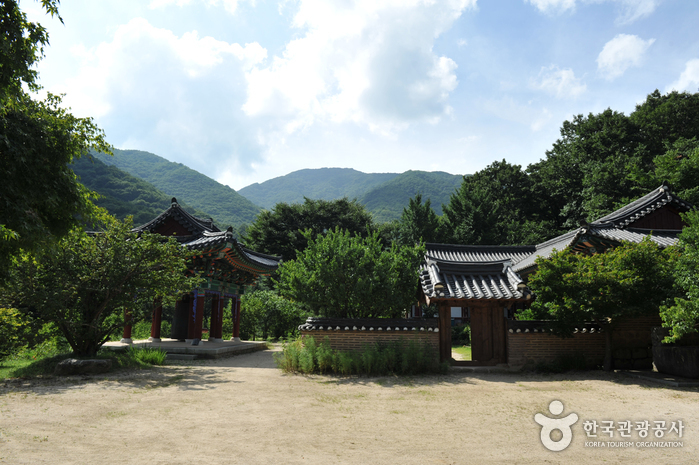
![Shiri Pension [Korea Quality] / 쉬리펜션 [한국관광 품질인증]](http://tong.visitkorea.or.kr/cms/resource/65/2803765_image2_1.jpg)
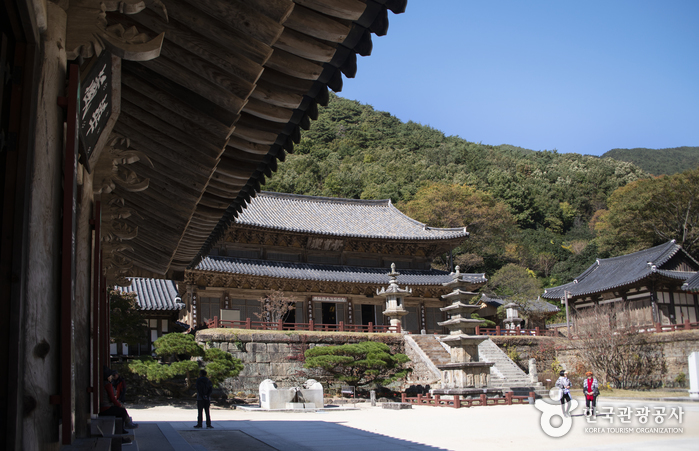
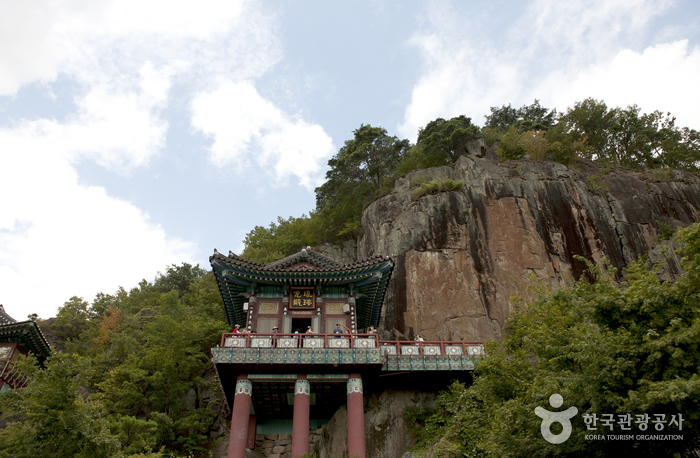
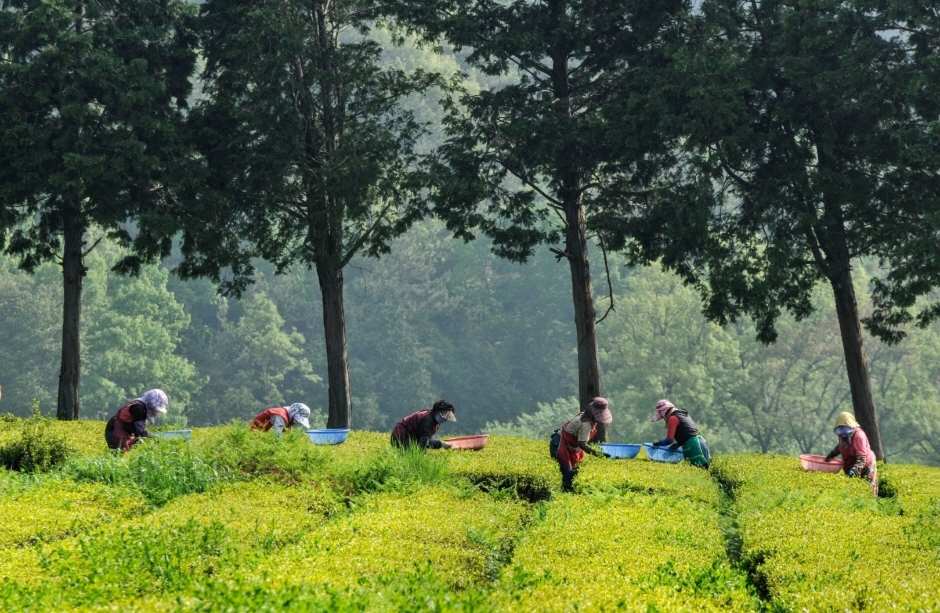
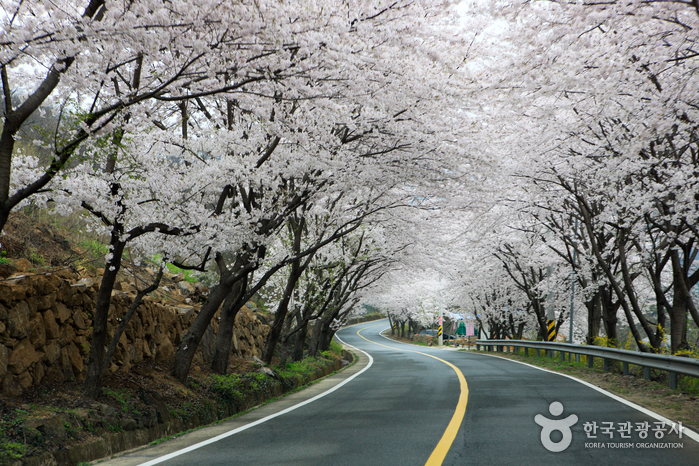
![Hotel Jirisan Haetsal [Korea Quality] / 지리산햇살 [한국관광 품질인증/Korea Quality]](http://tong.visitkorea.or.kr/cms/resource/03/2708603_image2_1.jpg)
 English
English
 한국어
한국어 日本語
日本語 中文(简体)
中文(简体) Deutsch
Deutsch Français
Français Español
Español Русский
Русский